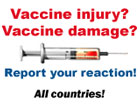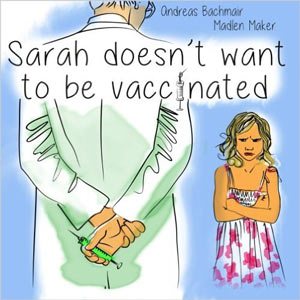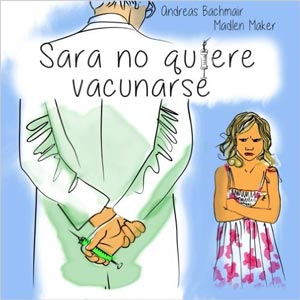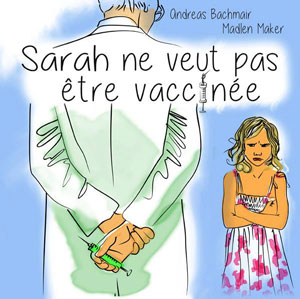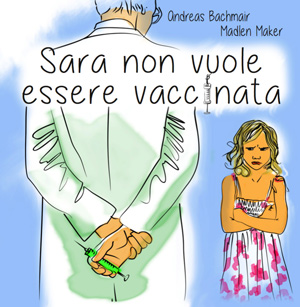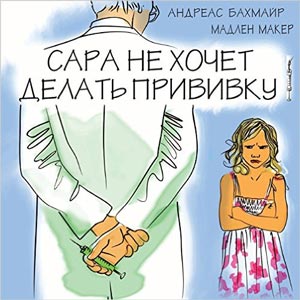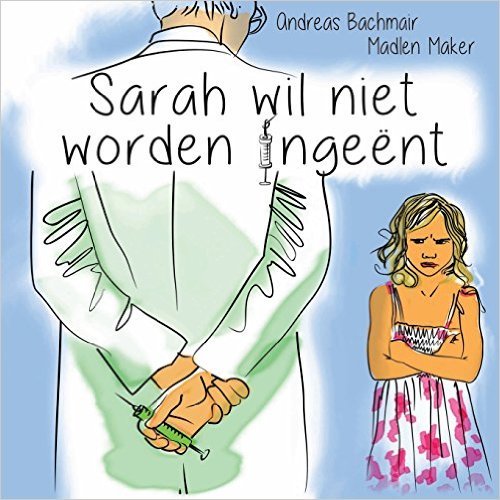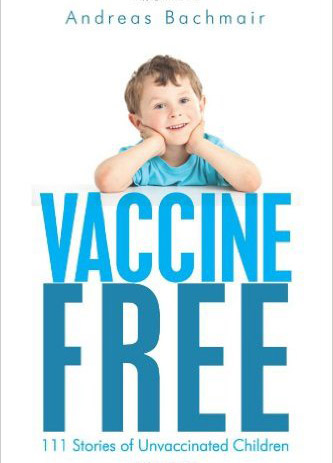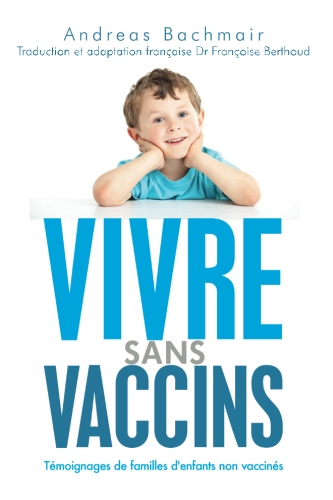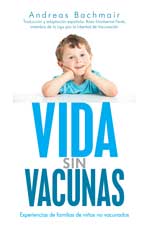The Avalanche of New Mercury-Autism Studies
Mark Geier, MD, PhD & David Geier
July 24, 2010
Dear Everyone: We wanted to share with you the avalanche of new mercury-autism studies published yesterday in the peer-reviewed literature. Yesterday, there were six studies published in one day that implicate a causal role for mercury exposure in autistic disorders.
(1) Sorting Out the Spinning of Autism - Heavy Metals - Mercury - & Incidence [here]"We analyzed the data reported in some articles that have been, or might be, taken to support the view of no-real-increase or no-environmental-connection. Overall, we have offered a critical view of some of the literature from the perspective of research scientists who have become interested in the topic within the past five years and sought to gauge the actual state of scientific knowledge regarding autism etiology... To summarize, of the 58 empirical reports on autism and heavy metal toxins, 43 suggest some link may be present, while 13 reports found no link. Even with the tendency for null results not to be reported, it cannot be said there is no evidence for a link between heavy metal toxins and autism: although the question may still be open-in sum, the evidence favors a link."
(2) Level of Trace Elements & Toxic Elements in Hiar & Nails of Children with Autism [here]
"Therefore, the purpose of the present study was to assess the levels of trace elements like copper (Cu), zinc (Zn), magnesium (Mg), and selenium (Se) and toxic elements like mercury (Hg), and lead (Pb) in the hair and nail samples of autistic children and to evaluate whether the level of these elements could be correlated with the severity of autism. The subjects of the study were 45 autistic children with different grades of severity (low (LFA), medium (MFA), and high (HFA) functioning autism) according to Childhood Autism Rating Scale, n=15 children in each group and 50 healthy children (age and sex matched). The boys and girls ratio involved in this study was 4:1, and they were 4-12 years of age. The study observed a valid indication of Cu body burden in the autistic children. The children with different grades of autism showed high significance (p<0.001) in the level of copper in their hair and nail samples when compared to healthy controls. The level of Cu in the autistic children could be correlated with their degree of severity (more the Cu burden severe is autism). The study showed a significant elevation (p<0.001) in the levels of toxic metals Pb and Hg in both hair and nail samples of autistic children when compared to healthy control group. The elevation was much pronounced in LFA group subjects when compared among autistic groups MFA and HFA. The levels of trace elements Mg and Se were significantly decreased (p<0.001) in autistic children when compared to control. The trace element Zn showed significant variation in both hair and nails of LFA group children when compared to control group and other study groups. The significant elevation in the concentration of Cu, Pb, and Hg and significant decrease in the concentration of Mg and Se observed in the hair and nail samples of autistic subjects could be well correlated with their degrees of severity."
(3) Age-Dependent Lower-Higher Hg in Hair of ASD Children vs Controls [here]
"An association between autism and early life exposure to mercury is a hotly debated issue. In this study, 91 autistic Polish children, male and female, 3-4 and 7-9 years old, were compared to 75 age- and sex-matched healthy children with respect to: demographic, perinatal, clinical and developmental measures, parental age, birth order, morphometric measures, vaccination history, and hair mercury content. In demographic and perinatal measures there were no consistent differences between the autistic and control groups. Autistic children had a significantly greater prevalence of adverse reactions after vaccinations and abnormal development than controls. Between 45 and 80% of autistic children experienced developmental regress. Autistic children significantly differed from healthy peers in the concentrations of mercury in hair: younger autistics had lower levels, while older – higher levels than their respective controls. The results suggest that autistic children differ from healthy children in metabolism of mercury, which seems to change with age....In view of the growing body of clinical and preclinical evidence of strong toxicity of all forms of mercury in developing organisms, the removal of THIM[EROSAL] from all vaccines given to children and pregnant women is urgently required."
(4) Blood Mercury & Autism [here]
"Mercury (Hg) may significantly impact the pathogenesis of autism spectrum disorders (ASDs). Lab results generated by Vitamin Diagnostics (CLIA-approved), from 2003-2007, were examined among subjects diagnosed with an ASD (n=83) in comparison to neurotypical controls (n=89). Blood Hg levels were determined by analyzing Hg content in red blood cells (RBC) using cold vapor analysis, and consistent Hg measurements were observed between Vitamin Diagnostics and the University of Rochester. Adjusted (age, gender, and date of collection) mean Hg levels were 1.9-fold significantly (P<0.0001) increased among subjects diagnosed with an ASD (21.4 mcg/L) in comparison to controls (11.4 mcg/L). Further, an adjusted significant (P<0.0005) threshold effect (>15 mcg/L) was observed for Hg levels on the risk of a subject being diagnosed with an ASD in comparison to controls (odds ratio=6.4). The weight of scientific evidence supports Hg as a causal factor in subjects diagnosed with an ASD."
(5) Pediatric Vaccines on Amygdala Growth & Opioid Receptors in Monkeys [here]
"The following single dose, preservative-free vaccines were purchased and thimerosal added as previously described in order to mimic the pediatric vaccines used between 1994-1999 (Centers for Disease Control, 1995): RECOMBIVAX HB® (Merck) for the Hepatitis B (HB) vaccine; INFANRIX® (GlaxoSmithKline) for the diphtheria and tetanus toxoids and acellular pertussis (DTaP) vaccine; and Liquid PedvaxHIB® (Merck) for the haemophilus B (Hib) vaccine. The M-M-R® II (Merck) was used for the measles, mumps, rubella (MMR) vaccine, which has always been thimerosal-free. The thimerosal dose was standardized to the equivalent (mcg/kg body weight) administered to a male human infant on the 5th percentile for weight. Standardization provided a clinical-exposure dose that allowed valid comparison of outcomes. Single dose vaccines were pooled and then spiked with a stock thimerosal solution and analyzed for ethyl mercury concentration using an Inductively Coupled Plasma Optical Emission Spectrometer to verify that target concentrations were achieved. The dosed HB vaccine contained ~1.98 mcg ethyl mercury per 0.5ml dose, while the dosed DTaP and Hib vaccines contained ~3.96 mcg ethyl mercury. The schedule of vaccine administration was adjusted based on the approximately 4 to 1 faster growth of macaque infants, following previously published protocols. Exposed infants received a 0.5ml intramuscular (i.m.) injection of each vaccine according to the schedule in Table I, except for MMR which was given sub-cutaneously. Unexposed infants followed the same schedule of injections as exposed infants except that each vaccine was replaced with 0.5ml saline, i.m."
"This longitudinal, case-control pilot study examined amygdala growth in rhesus macaque infants receiving the complete US childhood vaccine schedule (1994-1999). Longitudinal structural and functional neuroimaging was undertaken to examine central effects of the vaccine regimen on the developing brain. Vaccine-exposed and saline-injected control infants underwent MRI and PET imaging at approximately 4 and 6 months of age, representing two specific timeframes within the vaccination schedule. Volumetric analyses showed that exposed animals did not undergo the maturational changes over time in amygdala volume that was observed in unexposed animals. After controlling for left amygdala volume, the binding of the opioid antagonist [11C]diprenorphine (DPN) in exposed animals remained relatively constant over time, compared with unexposed animals, in which a significant decrease in [11C]DPN binding occurred. These results suggest that maturational changes in amygdala volume and the binding capacity of [11C]DPN in the amygdala was significantly altered in infant macaques receiving the vaccine schedule. The macaque infant is a relevant animal model in which to investigate specific environmental exposures and structural/functional neuroimaging during neurodevelopment."
(6) The Biological Basis of ASDs [here]
"Autism spectrum disorders (ASDs), also known as pervasive developmental disorders (PDD), are a behaviorally defined group of neurodevelopmental disorders that are usually diagnosed in early childhood. ASDs disproportionately affect male children. Mercury (Hg), a heavy metal, is widespread and persistent in the environment. Mercury is a ubiquitous source of danger in fish, drugs, fungicides/herbicides, dental fillings, thermometers, and many other products. Elevated Hg concentrations may remain in the brain from several years to decades following exposure. This is important because investigators have long recognized that Hg is a neurodevelopmental poison; it can cause problems in neuronal cell migration and division, and can ultimately cause cell degeneration and death. Case-reports of patients have described developmental regressions with ASD symptoms following fetal and/or early childhood Hg exposure, and epidemiological studies have linked exposure to Hg with an elevated risk of a patient being diagnosed with an ASD. Immune, sensory, neurological, motor, and behavioral dysfunctions similar to traits defining or associated with ASDs were reported following Hg intoxication with similarities extending to neuroanatomy, neurotransmitters, and biochemistry. The sexual dimorphism of ASDs may result from synergistic neurotoxicity caused by the interaction of testosterone and Hg; in contrast, estrogen is protective, mitigating the toxicity of Hg."
courtesy of http://www.vaccinationcouncil.org


